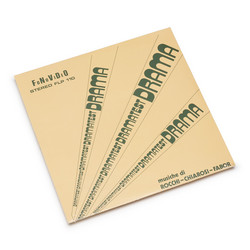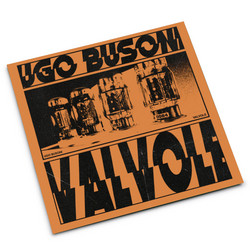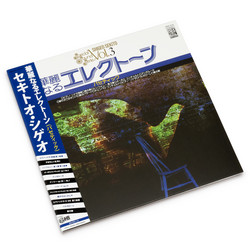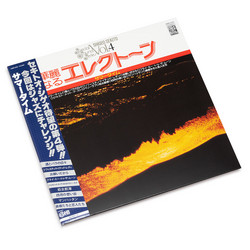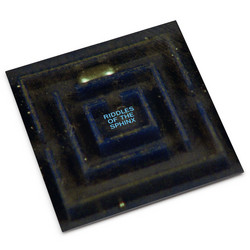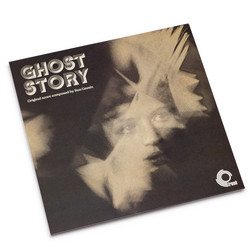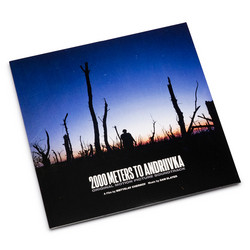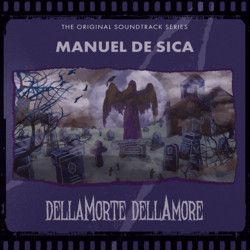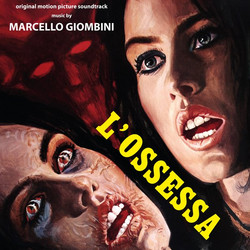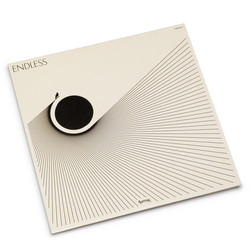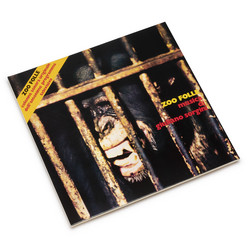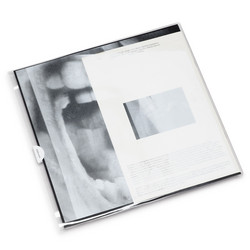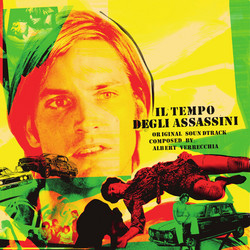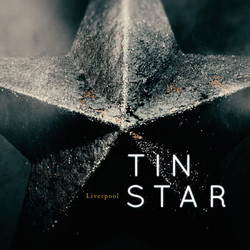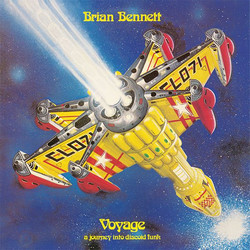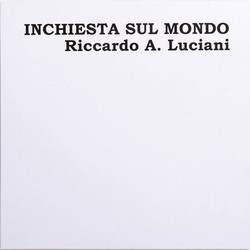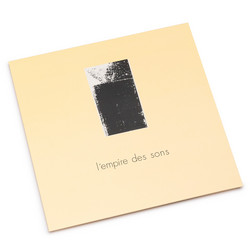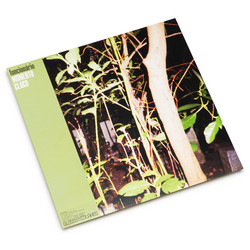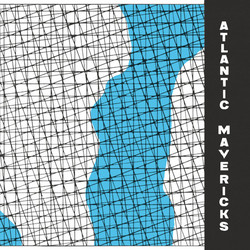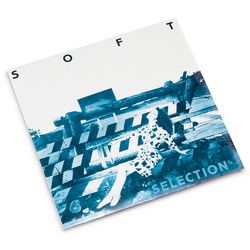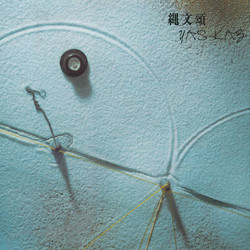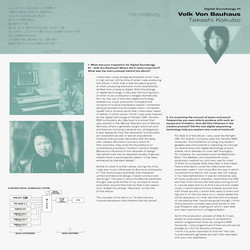Akira Ito
Marine Flowers (Science Fantasy)
Tip! Originally released on 1986, 35th anniversary Marine Flowers’ first remastered, reissue. Genuinely composed as a documentary for Marine wildlife filmed in Palau and commissioned by Pionner's Laser Disc campaign. Some artists have gained huge recognition, some records have been idealized to the point of becoming cult albums… and that’s exactly the case of Marine Flowers, by Japanese multiartist Akira Ito. An album that is unique, delicate, exploratory…
A true one of a kind sonic adventure that 35 years after its first release comes back in the form of a reissue via Glossy Mistakes.
Looking back, Akira Ito’s artistic career began not in music but in acting. Born in Japan in 1945, he developed a prodigious ability to perform and a childhood acting career blossomed. However, as acting gigs dried up, actor/director Shintaro Katsu encouraged him to follow his steps into the music industry. With the rise of Western rock and soul music lighting up Japanese radio, Akira Ito stood to capitalize in the localized mid-60s “Group Sounds” craze by becoming a performing musician, joining touring bands across Japan fusing western and Shōwa-era pop styles.
Unlikely as it seems, Akira would segue a string of stints playing in American cover bands into backing up a slew of varied American artists that would come tour Japanese military bases. Aretha, The Jacksons, Stevie Wonder or James Brown. Those were a few of the big names Akira would play alongside.
But Akira’s musical interests changed throught his life experiences and travels, up to the point when he knew exactly what he wanted to do (without knowing how to do it): healing music.
Akira understood that once he set up shop at Hitokuchizaka Studios in Tokyo the work of translating these ideas began in earnest. First he started his own record label, dubbing it “Green & Water’’ to promote a series of releases that would strike a more organic tone, envisioning a series of Japanese Environmental Music records. Marine Flowers would be one of four self-penned albums on the label dedicated to esoteric symbolism like “Hopi Prophecies”, “Prayers”, and the “Four Corners Of Water”.
Fladked by more than a phalanx of analog and digital synthesizers from Roland, Korg, and Moog, Akira would dedicate this release to those waters of Palau. Here he would largely improvise on scratch ideas he had in mind, creating a musical base for tracks like “W・A・T・E・R”, “Dancing Spirits’’, and “Life Goes On” that he’d let invited friends and gifted musicians, like violinist Takashi Toyoda, the late Japanese drum giant Shuichi “Ponta” Murakami, and others contribute their own ideas afterward.
Hearing the music now, it’s not hard to understand just what Akira stumbled into. Marine Flowers (Science Fantasy) is of a new lineage of “ambient” artists like Hiroshi Yoshimura, Satoshi Sumitani, and others who took academia out of all these therapeutic ideas married to scientific theories, making them into something a bit more universal, malleable, and palpable. This Music For Inochi or “music for life”, treated us to gorgeous, floating music like album opener “Prologue, Into the Beauty” where Akira’s droning, aquatic-sounding electronics open up to the ebb and flow of percolating electroacoustic sonics that flow into the aforementioned “W·A·T·E·R”. Rich and organic, a violin melody from Takashi Toyoda feels like an aural lily pad bobbing along to all these gentle sonorities.
Gentle piano melodies cycle in and out of songs like “Dancing Spirits” evoking classic ambient discreet music from the likes of Brian Eno. Others like “Essence Of Beauty” have gossamer parallels in the works of Harmonia. Nevertheless, according to Akira Ito, every idea was just different to the others, creating pieces that although they did not lack coherence o cohesion, were independent and self-contained.
Originally released in 1986 and on its 35th anniversary, Marine Flowers deserves this fresh reissue, making this masterpiece available for everyone.
Liner notes are written by Diego Olivas, author of the blog Fond/Sond, from an interview with the artist coordinated by Ken Hidaka.
